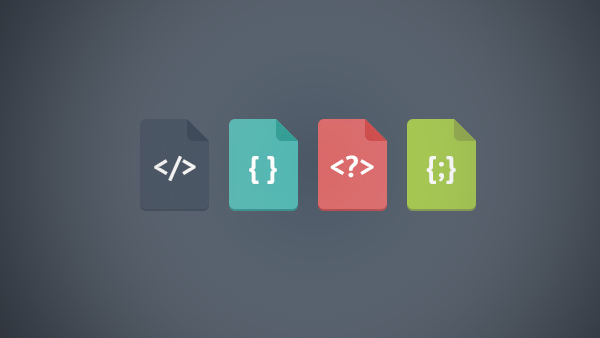call实现继承
call这里call的意思就是把animal的方法应用到cat这个对象身上,也就是animal的属性创建到了cat里面,所以cat就继承了animal的方法
function animal(a, b) {
this.type = 'animal'
this.behavior = function () {
console.log(this.type + " is running")
}
}
function cat(a, b) {
this.name = 'wsscat'
//这里call的意思就是把animal的方法应用到cat这个对象身上
//所以cat就继承了animal的方法
animal.call(this);
}
console.log(new cat())
call实现多重继承
当然我们可以继承多个构造函数,这就是多重继承
function animal(a, b) {
this.type = 'animal'
this.behavior = function () {
console.log(this.type + " is running")
}
}
function wsscat(a, b) {
this.age = 0
}
function cat(a, b) {
this.name = 'wsscat'
//这里call的意思就是把animal的方法应用到cat这个对象身上
//所以cat就继承了animal的方法
animal.call(this);
wsscat.call(this);
}
console.log(new cat())
只要在cat的构造函数中有多个call就可以,此时的cat继承了wsscat和animal
apply和call的区别
其实apply和call这两个方法基本上是差不多的,区别在于call的第二个参数可以是任意类型,而apply的第二个参数必须是数组,也可以是arguments(即传给构造函数的参数)
例如我们把上面的代码稍微改一下,如果此时我在new构造函数cat的时候传入参数new cat('wsscat','cute')我们的cat能接收arguments,但是如果此时继承是animal.call(this),没有给call传第二个参数的时候,生成的对象中type的值就会是undefined,所以为了让这个值能够让animal接收,我们可以在animal中传入第二个参数animal.call(this,type)
function animal(type) {
this.type = type
this.behavior = function () {
console.log(this.type + " is running")
}
}
function cat(name, type) {
this.name = name
//这里call的意思就是把animal的方法应用到cat这个对象身上
//所以cat就继承了animal的方法
//animal.call(this);//type undefined
//animal.call(this,type);//type cute
//animal.call(this,arguments[1]);//type cute
//animal.call(this,arguments);//type ['wsscat','cute']
animal.apply(this, arguments) //type: wsscat
}
console.log(new cat('wsscat', 'cute'))
这里用apply就很方便,因为arguments是数组,可以全部传给animal,而call就要一个个地传过去
- animal.call(this);//type undefined
- animal.call(this,type);//type cute
- animal.call(this,arguments[1]);//type cute
- animal.call(this,arguments);//type [‘wsscat’,‘cute’]
- animal.apply(this,arguments)//type: wsscat
继承的优化
如果构造函数this绑定太多属性(比如一些共同方法),在实例化后会造成浪费,为此我们一般会使用原型链来优化,但是使用原型链之后我们的apply和call的继承方法就会失效
为此我们一般使用混合的写法,使用原型链和(apply或者call)方法进行继承
具体两句话
让子的原型链指向父的实例(父实例化的对象)cat.prototype = new animal();
让父的属性创建在子的this上animal.call(this, type)
整体代码如下,那么就会让父原型链的属性和this上的属性都得到继承
function animal(type) {
this.type = type
this.behavior = function () {
console.log(this.type + " is running")
}
}
animal.prototype.action = function () {
console.log("running")
}
function cat(name, type) {
this.name = name
animal.call(this, type)
}
cat.prototype = new animal();
console.log(new cat('wsscat', 'cute'));
(new cat('wsscat')).action() //running



 随时随地看视频
随时随地看视频



